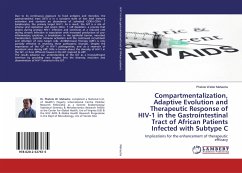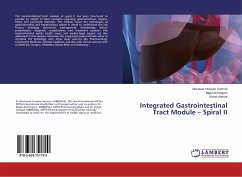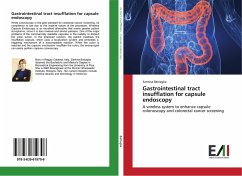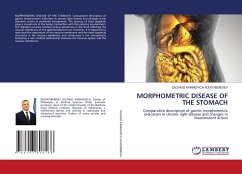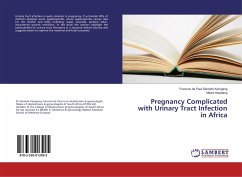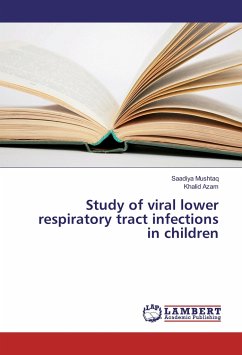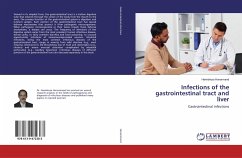
Infections of the gastrointestinal tract and liver
Gastrointestinal infections
Versandkostenfrei!
Versandfertig in 6-10 Tagen
71,99 €
inkl. MwSt.

PAYBACK Punkte
36 °P sammeln!
Viewed in its simplest form, the gastrointestinal tract is a hollow digestive tube that extends through the center of the body from the mouth to the anus. The primary function of the gastrointestinal system is digestion and nutrient uptake. Each portion of the gastrointestinal tract has special defense mechanisms that protect it from pathogenic microorganisms. When pathogenic microorganisms or their toxins breach these defense mechanisms, a disease can occur. The frequency of infections of the digestive system varies from the most prevalent human infectious disease, dental caries, to fairly co...
Viewed in its simplest form, the gastrointestinal tract is a hollow digestive tube that extends through the center of the body from the mouth to the anus. The primary function of the gastrointestinal system is digestion and nutrient uptake. Each portion of the gastrointestinal tract has special defense mechanisms that protect it from pathogenic microorganisms. When pathogenic microorganisms or their toxins breach these defense mechanisms, a disease can occur. The frequency of infections of the digestive system varies from the most prevalent human infectious disease, dental caries, to fairly common diarrhea and food poisoning, to unusual opportunistic infections of immunocompromised persons. Intestinal infections, being the most common infectious diseases of the gastrointestinal tract, range in severity from mild diarrhea (e.g., most rotavirus infections) to life-threatening loss of fluid and electrolytes (e.g., cholera) and severe mucosal ulceration complicated by intestinal perforation (e.g., bacillary dysentery). Infectious diseases of different portions of the gastrointestinal tract are discussed separately in this book.




